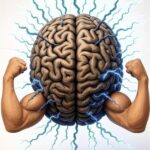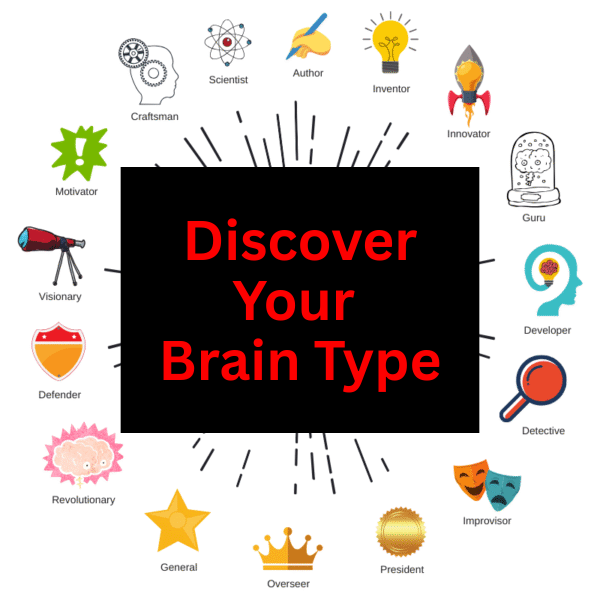Four decades ago, the continuous positive airway pressure (CPAP) machine was introduced to address severe sleep apnea, a condition characterized by repetitive cessation of breathing during sleep. This device, which typically straps around a person’s face, covering the mouth, nose, or both, gently applies air pressure to keep the airways open while they sleep.
According to the American Medical Association, around 6 million Americans have received a formal diagnosis of sleep apnea. However, it’s believed that over 25 million more people may be suffering from undiagnosed sleep apnea. Surprisingly, almost anyone who snores is on the spectrum for sleep apnea, with snoring often serving as an early indicator of more severe sleep apnea down the road.
Even more concerning is the growing prevalence of sleep apnea among children. This trend can be attributed to a combination of factors, including the decline in breastfeeding and the increased consumption of processed foods, leading to issues like obesity, malformed mouth structures, and underdeveloped airways. Moreover, widespread vitamin D deficiency due to reduced sun exposure plays a role in this increasing health concern.
Sleep apnea can significantly impact one’s health, as it is linked to conditions such as high blood pressure, heart disease, diabetes, stroke, mental health disorders, and dementia. In some cases, it can contribute to cognitive decline and result in structural changes in the brain. To mitigate sleep apnea, addressing its underlying causes can lead to better sleep quality and overall health.
Treatment options encompass weight loss, oral devices to adjust tongue and jaw positions, mouth taping to force breathing through the nose, and myofunctional therapy to reshape the oral cavity and promote proper tongue placement.
Exercise, especially the style found at X Gym, is a vital piece in solving this condition, as it helps with weight loss and breathing coaching. This makes learning to breathe through the nose easier, with more permanent habit changes. Plus, it helps prevent the potential dementia side effect of sleep apnea by increasing oxygen to the brain.
Recognizing and addressing the root causes of sleep apnea is essential for achieving better health and improved sleep quality. Like drugs, CPAP machines can offer symptom relief, but they are not a permanent solution and do not address the underlying problem. It’s vital to explore a range of treatment options and lifestyle adjustments to tackle sleep apnea at its source.
Click here for source.









